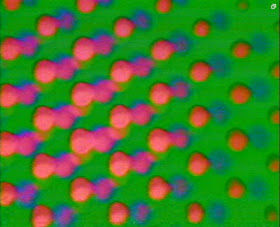Scratch video arose in opposition to broadcast TV, as (anti-)artists attempted to deal critically and directly with the impact of mass communications. The context these videos emerged in is important, as it tended to critique of the institutions making broadcast videos and the commercialism found on “youth” TV, especially MTV. This it did in form, content and in its mode of distribution.
Much of the work was politically radical, often containing images of a sexual or violent nature, and using images appropriated from mainstream media, including corporate advertising; using strategies inspired by the Situationist concept of detournement and William S. Burroughs’ theories ofElectronic Revolution."
"The primary audience for scratch video in the early to mid 80s, was in nightclub performances by “industrial music” bands such as The Anti-Group Company, Cabaret Voltaire, Nocturnal Emissions, Psychic TV, SPK, Test Dept, Autopsia, etc. Some of those involved described their work as a form of “cultural terrorism” or as a form of “anti-art”.
In the mid 1980s typical London venues would be screenings at artist-run spaces such as the Ambulance Station, in independent cinemas such as the Brixton Ritzy Cinema, or the Fridge nightclub, which boasted an array of dozens of recycled colour TVs. There was also significant distribution on VHS tape, following similar networks to cassette culture.
After Andy Lipman’s City Limits feature contextualised the “art” values of this practice, material began to be featured in small screenings in official art galleries such as the ICA and Tate. TV stations like Channel 4 began late night screenings of art videos, including “scratch video”. However, because much of the material was constructed using domestic VHS equipment, it was deemed both technically and legally unsuitable for broadcast (TV stations are particularly wary of copyright violations). Being highly politicised, some of the material also broke with the broadcaster’s criteria of “balance”."
here is some later work by key player George Barber
TG members at work as Psychic TV
More TG with Chris and Cosey










































